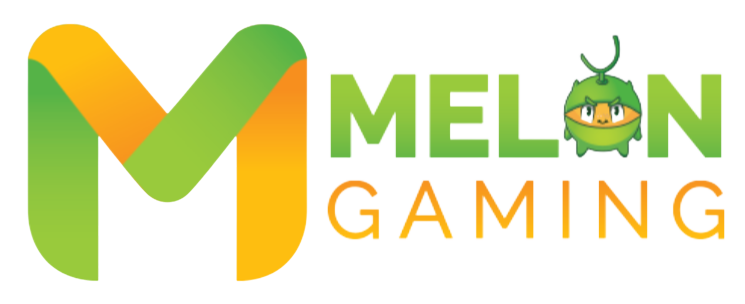Introduction
Game development thrives on interactivity, and the main player is the heart of any engaging experience. Whether you’re crafting a platformer, RPG, or adventure game, Melon Editor provides powerful tools to bring your protagonist to life.
In this 1,000+ word guide, you’ll master:
✅ Sprite setup & animation creation
✅ Physics & collision configuration
✅ Blockly-based player controls
✅ Optimization tips for smoother gameplay
Designed for beginners and intermediate developers, this tutorial ensures your main character moves, reacts, and animates flawlessly. Let’s dive in!
Section 1: Setting Up Your Player Sprite
Why Sprites Matter
Sprites are 2D images representing your character. In Melon Editor, using PNG sequences (sprite sheets) allows smooth animations like walking, jumping, and idling.
Step-by-Step Sprite Setup
- Create a New Object
- Extend
me.Spriteto initialize your player. - Name it (e.g.,
Miner) for easy reference.
- Extend
- Import Sprite Sheets
- Use a pre-made sprite sheet or create your own.
- Ensure frames are evenly spaced (e.g., 64×64 pixels per frame).
- Define Animations
- Idle Animation (
eIdle): The default stance. - Walking Animation (
eWalk): Loopable movement frames. - Pro Tip: Add
jumpandcrouchlater for advanced gameplay!
- Idle Animation (

Section 2: Configuring Physics & Collision
Why Collision Detection is Crucial
Without proper collision, your player might phase through walls or enemies. Melon Editor’s physics engine ensures realistic interactions.
Step 1: Enable Physics
- Activate
hasBodyin properties to apply gravity and collisions.
Step 2: Assign a Collision Shape
- Box Shape: Best for rectangular characters.
- Circle Shape: Ideal for rounded sprites.
- Adjust size to match your sprite’s dimensions.
Step 3: Set Collision Types
- Assign the player type (
me.collision.types.PLAYER). - Define interactions (e.g., player vs. enemy, player vs. collectibles).
Section 3: Animating Your Player
Creating Smooth Animations
- Idle Animation
- Select the first frame in your sprite sheet.
- Name it
eIdleand set it as the default.
- Walking Animation
- Add sequential frames for movement.
- Adjust frame speed (e.g., 0.1s per frame for natural motion).
- Advanced Animations (Optional)
- Jumping: Add upward/downward frames.
- Attacking: Melee or projectile animations.
Section 4: Adding Player Controls with Blockly
Why Blockly?
Melon Editor’s Blockly system simplifies coding with drag-and-drop logic—perfect for beginners!
Step 1: Enable Platformer Plugin
- Go to Project Preferences → Activate Platformer Controller.
Step 2: Basic Movement
- Use:blocklyCopyDownloadPlatformer > Set Control Keys (Left, Right, Jump)
- Adjust:
Gravity: How fast the player falls.Movement Speed: Horizontal walking speed.
Step 3: Animation Triggers
- When moving right/left:blocklyCopyDownloadSet Current Animation → “eWalk”
- When idle:blocklyCopyDownloadSet Current Animation → “eIdle”
Section 5: Testing & Debugging
Common Issues & Fixes
❌ Player Gets Stuck on Walls
→ Adjust collision shape or reduce friction.
❌ Animations Don’t Loop
→ Check frame order and loop settings.
❌ Controls Feel Laggy
→ Lower gravity or increase movement speed.
Optimization Tips
- Reuse Animations: Save memory by recycling frames.
- Limit Collision Checks: Only detect essential objects.
Conclusion & Next Steps
Congratulations! You’ve built a fully interactive main player in Melon Editor. To expand:
- Add sound effects for footsteps/jumps.
- Implement double jumps or dash moves.
- Experiment with enemy AI collisions.
🚀 Ready to build your dream game? Start with this foundation and iterate!




